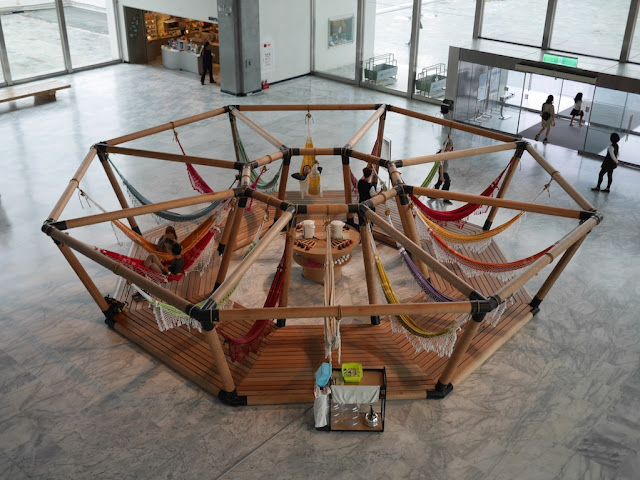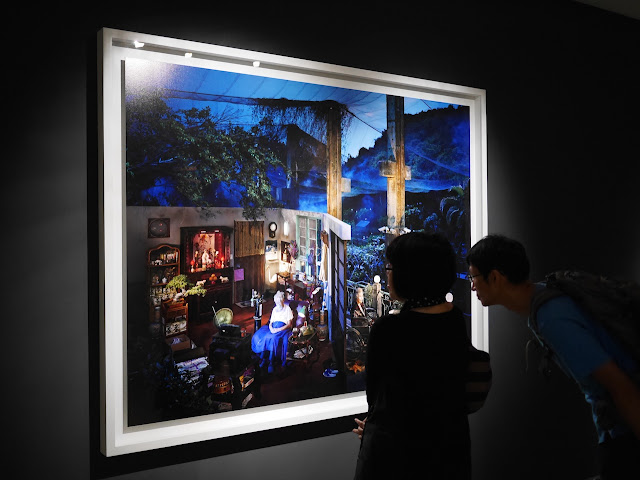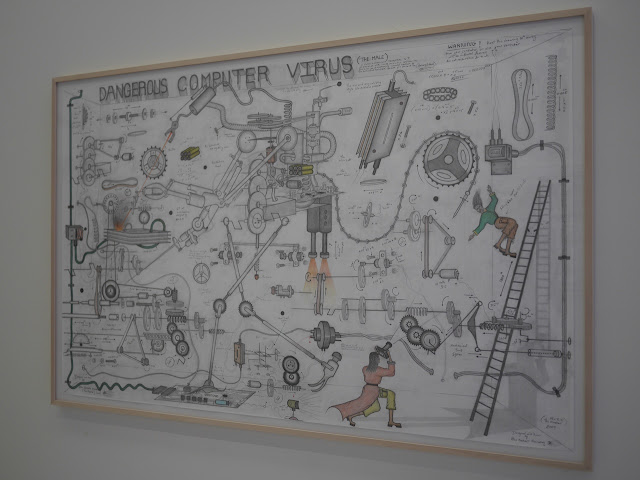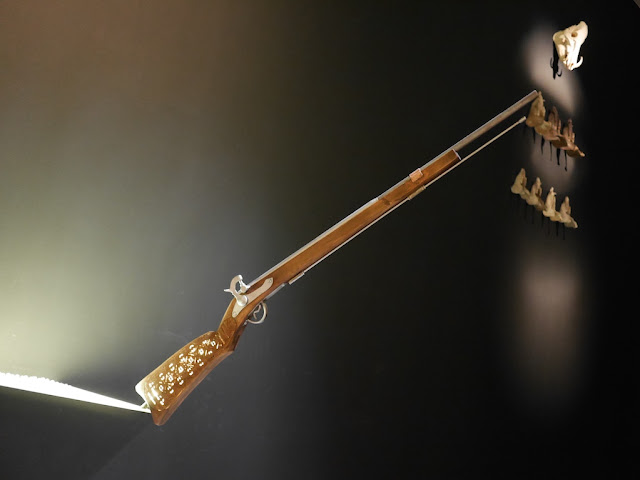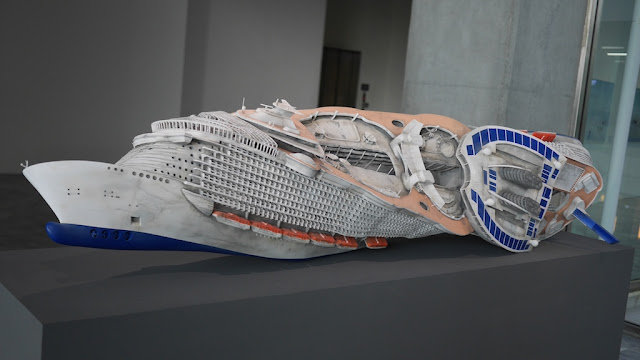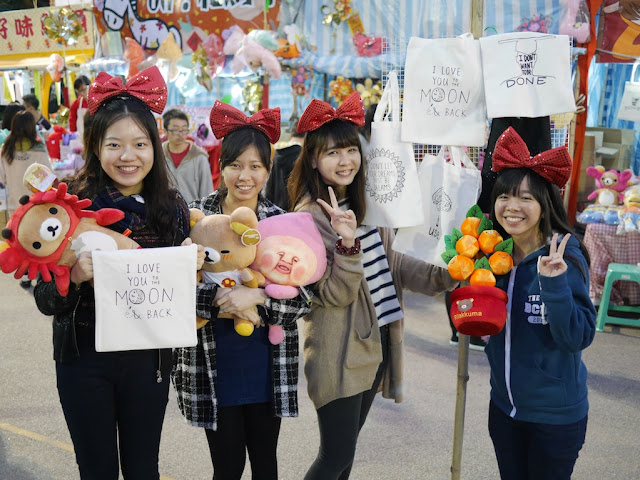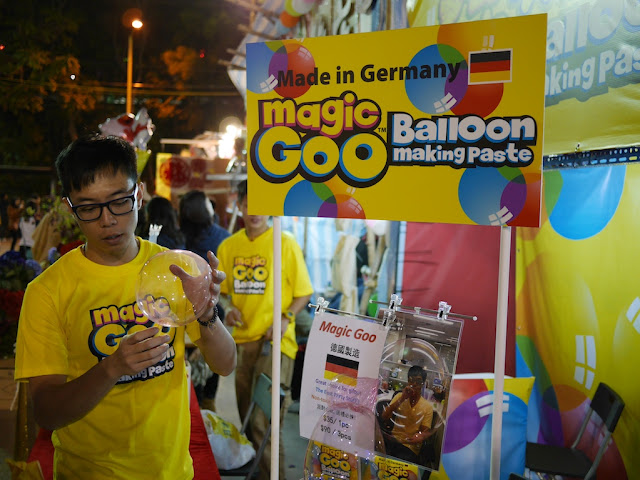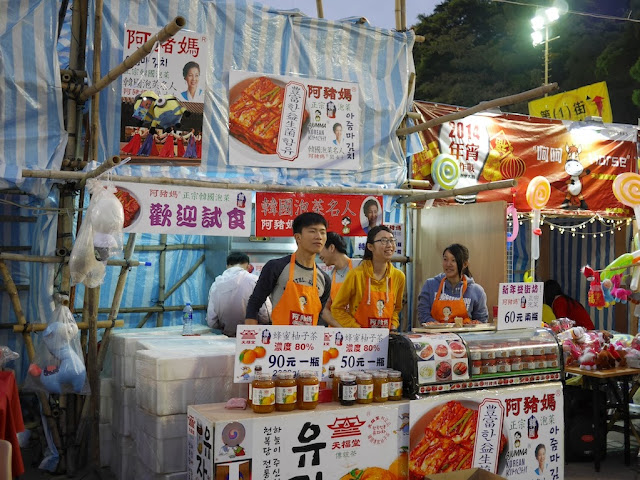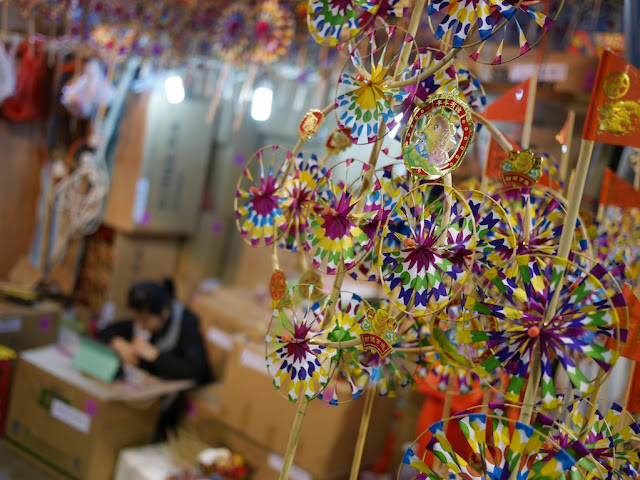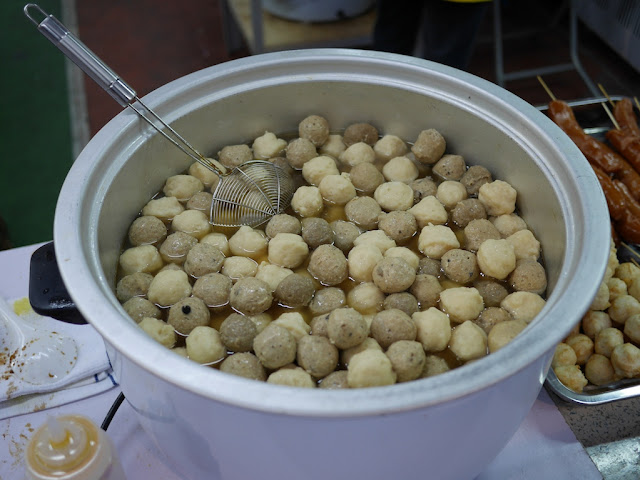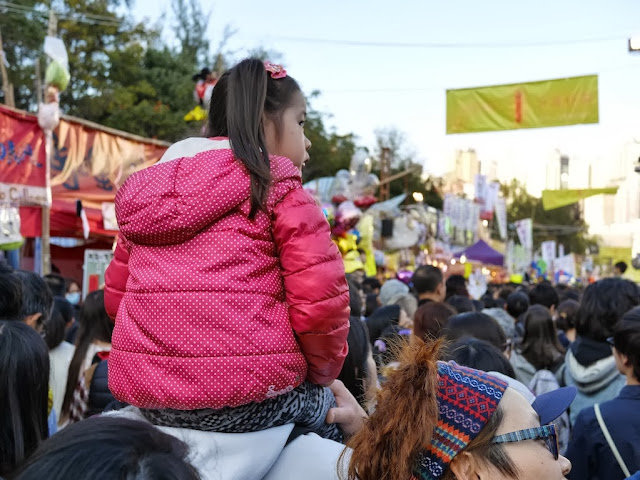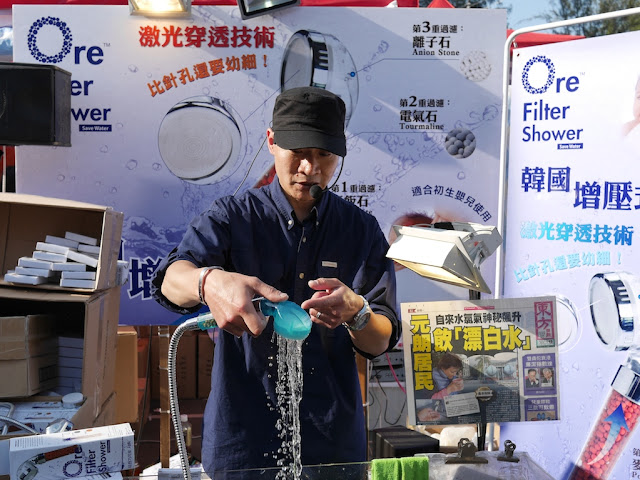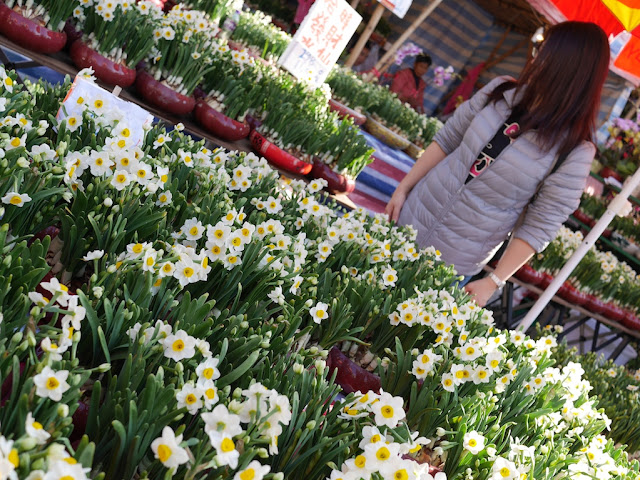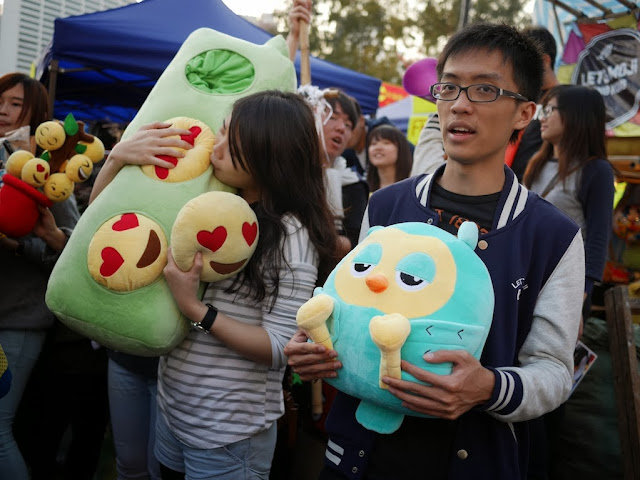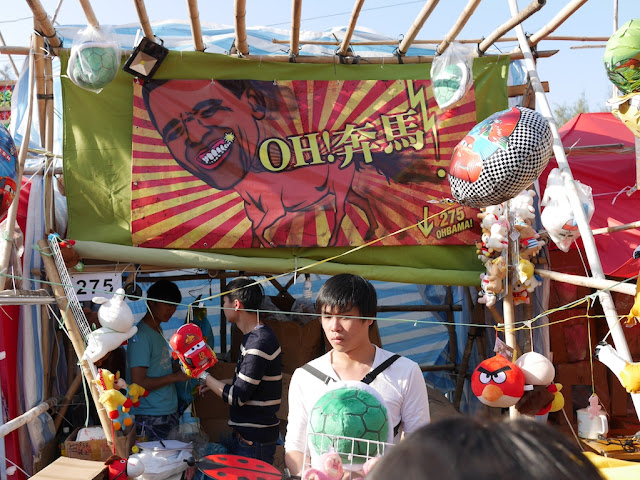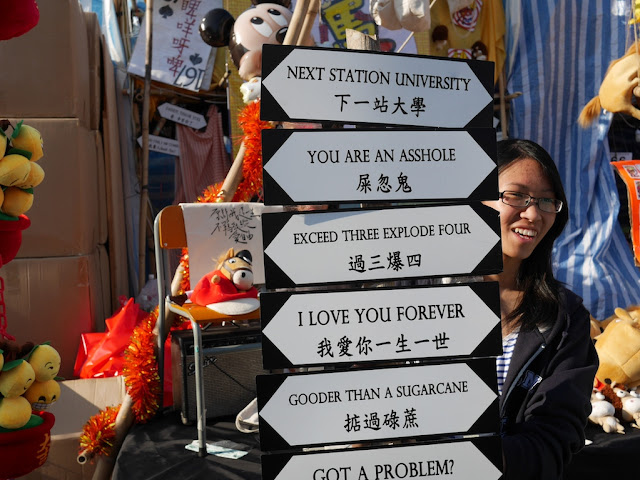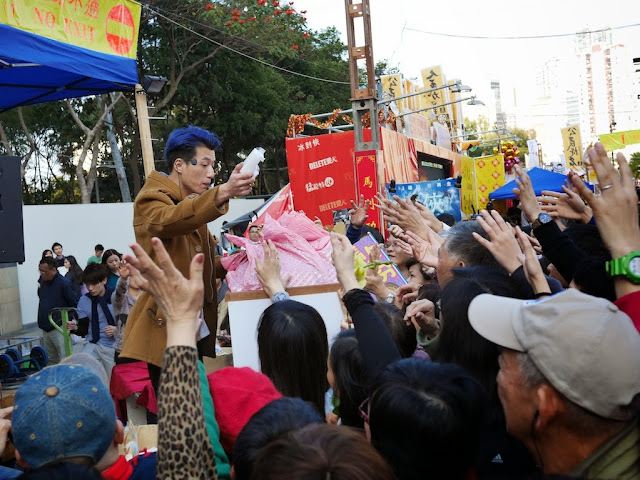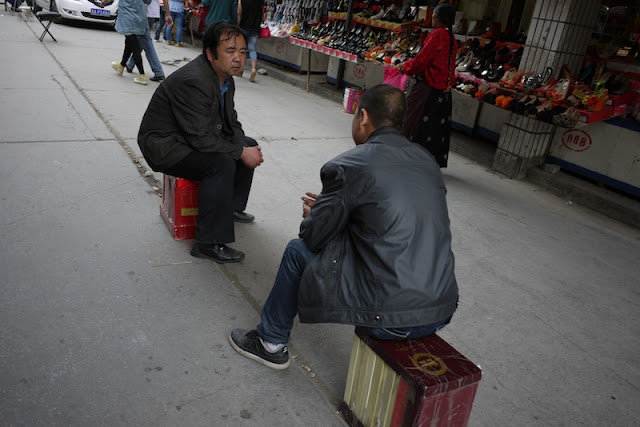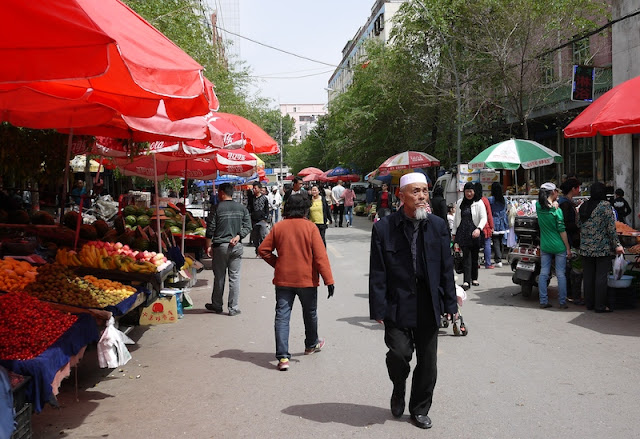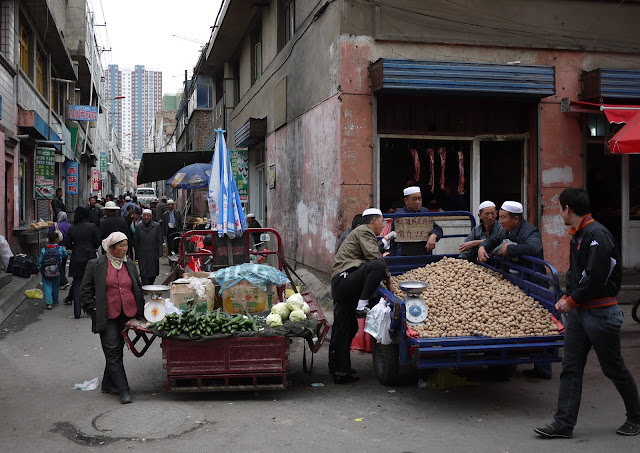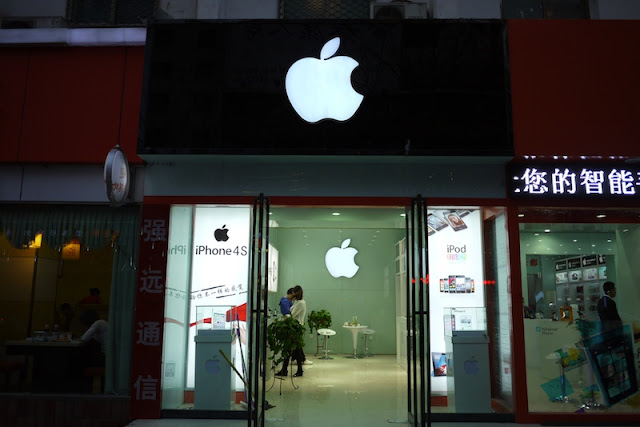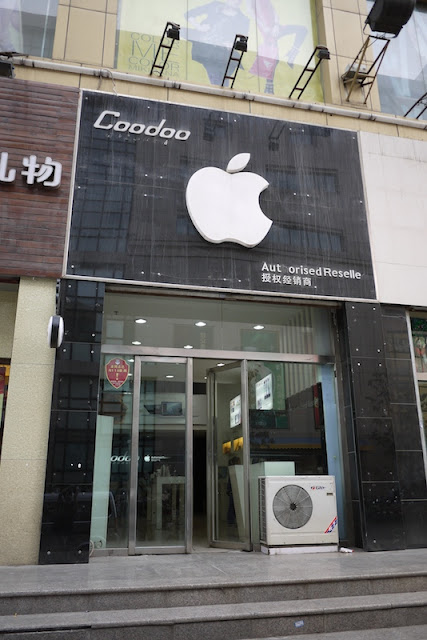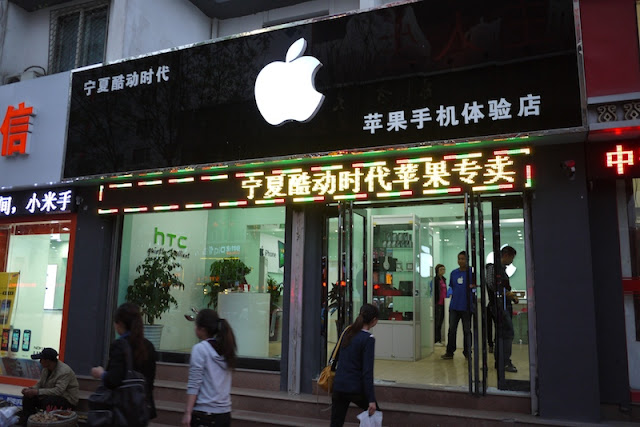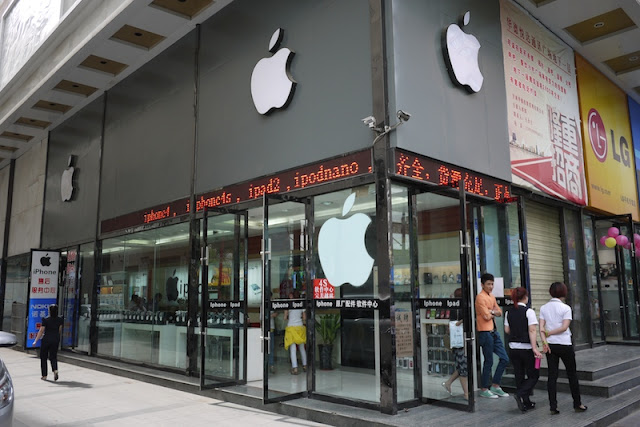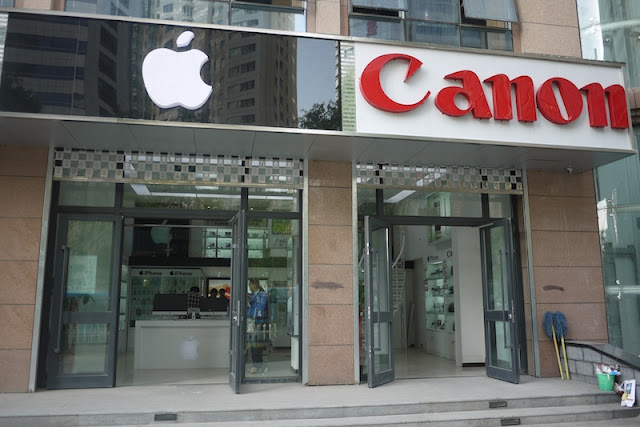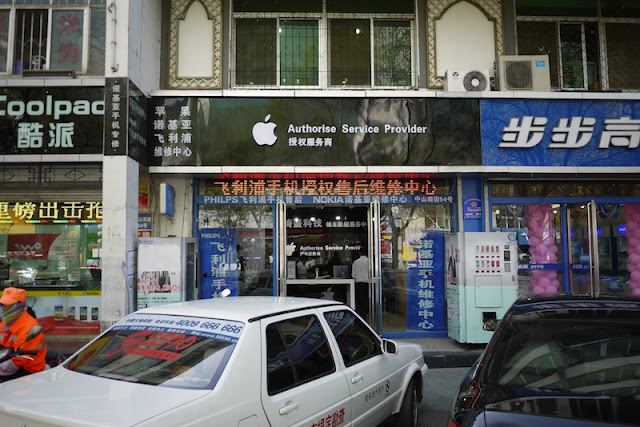Two of the movie posters outside a theater at the Fengdu Road Pedestrian Street in Shaoguan especially caught my eye during recent days. One, for the poses and expressions:
Youth Never Returns (既然青春留不住) premiered at the Montreal Film Festival, which provides this synopsis:
The other movie poster caught my attention because it reminded me of the Death is Here 3 movie poster I saw last year in Zhanjiang. Yes, folks, the terrifying giant pencil is back.
In addition to gratuitous cleavage, other movie posters for Campus Mystery (笔仙魔咒) include gratuitous gore, upskirt views, and water. I haven't yet seen them displayed in Shaoguan.
For reasons I can't explain, this movie did not premier at the Montreal Film Festival, so I will not share a proper synopsis. Instead, I will share a guess about the plot:
These two movies probably don't best represent the overall state of movie-making in China today, but they still remind me of a recent conversation I had about Chinese movies with a high school student in Zhongshan. She said she used to only enjoy foreign movies. But now she was finding more Chinese movies she enjoyed and believed they were getting much better. She is definitely not alone in her opinion
On its opening weekend in China, Campus Mystery didn't captivate as many viewers as a number of other movies and only grossed U.S. $840,000. Recent domestic success stories for the Chinese film industry, comedies Goodbye Mr. Loser and Lost in Hong Kong, fared much better though. And showing that ants can trump pencils, even in a market clearly gamed to benefit domestic films, the foreign film Ant-Men, also opening in China this past weekend, came in number one grossing over $43 million.
Youth Never Returns (既然青春留不住) premiered at the Montreal Film Festival, which provides this synopsis:
When Wang Jinhui enters university, he immediately becomes one of its most popular students, certainly to the girls. But not Zhou Hui. When he asks her to help him cheat in exams, she reports him instead. Still, she does help him study, and eventually they warm to each other. They become a couple. An unsteady couple, with ups and downs -- lovers, enemies, lovers again. And finally a breakup. Years later, having become a successful restaurant operator, Wang Jinhui learns about Zhou Hui’s ill health. He comes to help, but once again they separate. Is there one more reconciliation in the cards?And if Wang Jinhui now becomes ill, will Zhou Hui run the restaurant in his absence? Or given how the cheating incident worked out, will she instead report him for tax evasion to help rekindle their love yet again? Indeed, more ups and downs could be in store. Youth Never Returns opens in China on October 23. If offered free tickets, popcorn, and really good beer, I will consider going.
The other movie poster caught my attention because it reminded me of the Death is Here 3 movie poster I saw last year in Zhanjiang. Yes, folks, the terrifying giant pencil is back.
In addition to gratuitous cleavage, other movie posters for Campus Mystery (笔仙魔咒) include gratuitous gore, upskirt views, and water. I haven't yet seen them displayed in Shaoguan.
For reasons I can't explain, this movie did not premier at the Montreal Film Festival, so I will not share a proper synopsis. Instead, I will share a guess about the plot:
After Wang Jinhui enters university, an evil giant pencil convinces him to cheat in exams. But Zhou Hui, his occasional lover who has an interest in tax law, discovers it isn't a number 2 pencil as required and . . .Wait, maybe I shouldn't confuse films. Anyway, whatever the real plot, if any, presumably a really big pencil appears in the movie, which is all you can ask for. Campus Mystery opened in China last Friday, and I will consider seeing it as well, assuming similar conditions. Given my curiosity about the pencil, though, I am willing to forfeit the popcorn and beer in a plastic bag is good enough.
These two movies probably don't best represent the overall state of movie-making in China today, but they still remind me of a recent conversation I had about Chinese movies with a high school student in Zhongshan. She said she used to only enjoy foreign movies. But now she was finding more Chinese movies she enjoyed and believed they were getting much better. She is definitely not alone in her opinion
On its opening weekend in China, Campus Mystery didn't captivate as many viewers as a number of other movies and only grossed U.S. $840,000. Recent domestic success stories for the Chinese film industry, comedies Goodbye Mr. Loser and Lost in Hong Kong, fared much better though. And showing that ants can trump pencils, even in a market clearly gamed to benefit domestic films, the foreign film Ant-Men, also opening in China this past weekend, came in number one grossing over $43 million.




